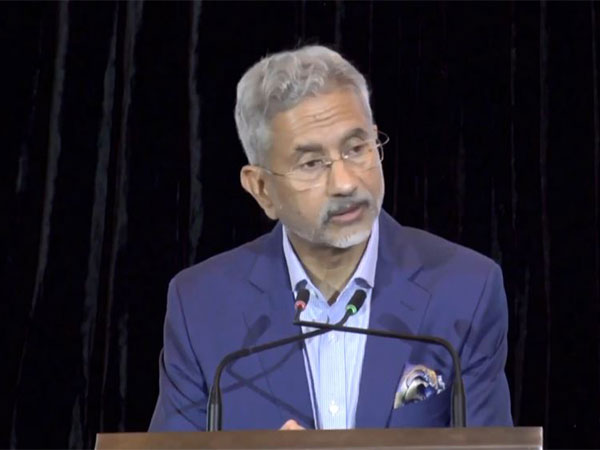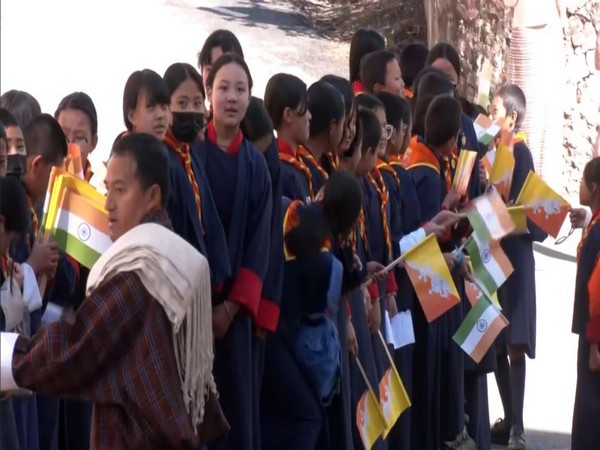
Ukraine says dozens killed in missile strike on railway station used by evacuees

By Natalia Zinets and Pavel Polityuk
LVIV, Ukraine (Reuters) -At least 39 people were killed and 87 wounded in a missile strike on Friday on a railway station in east Ukraine that was packed with women, children and elderly trying to flee fighting, Ukrainian authorities said.
Officials said many of the wounded had lost limbs and were being operated on after the strike in the city of Kramatorsk, which President Volodymr Zelenskiy said was a deliberate attack on civilians using a Tochka U short-range ballistic missile.
“Lacking the strength and courage to stand up to us on the battlefield, they are cynically destroying the civilian population,” Zelenskiy said in a statement. “This is an evil that has no limits. And if it is not punished, it will never stop.”
European Union foreign policy chief Josep Borrell, on Twitter, and British defence minister Ben Wallace, during a visit to Romania, both denounced the attack.
White House Communications Director Kate Bedingfield said there was “mounting evidence that Russian forces are committing war crimes in Ukraine” and the U.S. embassy in Ukraine denounced it as “one more atrocity committed by Russia in Ukraine.”
Zelenskiy later said in a video address to Finland’s parliament that no Ukrainian troops had been at the station at the time of the attack.
Reuters could not verify what happened at the station.
The Russian defence ministry was quoted by RIA news agency as saying the missile said to have struck the station was used only by Ukraine’s military and that Russia’s armed forces did not have any targets assigned in Kramatorsk on Friday.
Donetsk region governor Pavlo Kyrylenko said Russian forces had fired a Tochka missile containing cluster munitions, but did not share what evidence he had of this. Reuters was not immediately able to verify the allegation.
Russia has previously denied using cluster munitions in Ukraine.
Banned by the United Nations under a 2008 international convention that Russia is not a party to, cluster munitions are made up of a hollow shell that explodes in mid-air, dispersing dozens or even hundreds of smaller “bomblets” over a wide area.
4,000 AT THE STATION, MAYOR SAYS
Kramatorsk Mayor Oleksander Honcharenko estimated that about 4,000 people were at the station at the time of the attack. At least four of those killed were children, he said.
“Some people have lost a leg, others an arm. They are now receiving medical assistance. The hospitals are carrying out about 40 operations simultaneously,” the mayor said in an online briefing.
MSF said a service of east-to-west medical evacuations of Ukrainian patients by train set up this month was now under threat.
“It is a big question whether we will be able to go back to evacuate more people,” the medical charity’s emergency coordinator, Christopher Stokes, said.
Governor Kyrylenko published a photograph online showing several bodies on the ground beside piles of suitcases and other luggage. At least one man lay in a pool of blood. Armed police wearing flak jackets walked beside the corpses.
Another photo showed rescue services tackling what appeared to be a fire, with a pall of grey smoke rising into the air.
“The ‘Rashists’ (‘Russian fascists’) knew very well where they were aiming and what they wanted: they wanted to sow panic and fear, they wanted to take as many civilians as possible,” he wrote in an online post.
Reuters could not immediately verify the photos.
CROWDED STATION
“They (Russian forces) wanted to hit the station,” Mayor Honcharenko said, a view shared by presidential adviser Oleksiy Arestovych.
“It must be understood that such strikes are preceded by a thorough reconnaissance of the target, at least by drones, gunners on the ground – it’s too expensive a missile and too difficult and risky to organise such strikes,” Arestovych said.
“They (Russian forces) could clearly see that they were striking civilians early in the morning, that there were thousands of people trying to evacuate at the station at that time – families, children, the elderly.”
Three trains carrying evacuees were blocked in the same region of Ukraine on Thursday after an air strike on the line, according to the head of Ukrainian Railways.
Ukrainian officials say Russian forces have been regrouping for a new offensive, and that Moscow plans to seize as much territory as it can in the eastern part of Ukraine known as Donbas bordering Russia.
Local authorities in some areas have been urging civilians to leave while it is still possible, and relatively safe, to do so.
Russia denies targeting civilians in what it calls its “special military operation” aimed at demilitarizing and “denazifying” Ukraine. The Kremlin’s position is rejected by Ukraine and the West as a pretext for an unprovoked invasion.
(Additional reporting by Max Hunder and Emma Farge in Geneva, writing by Timothy Heritage and Alessandra Prentice, editing by Mark Heinrich and John Stonestreet)






















POST COMMENTS (0)